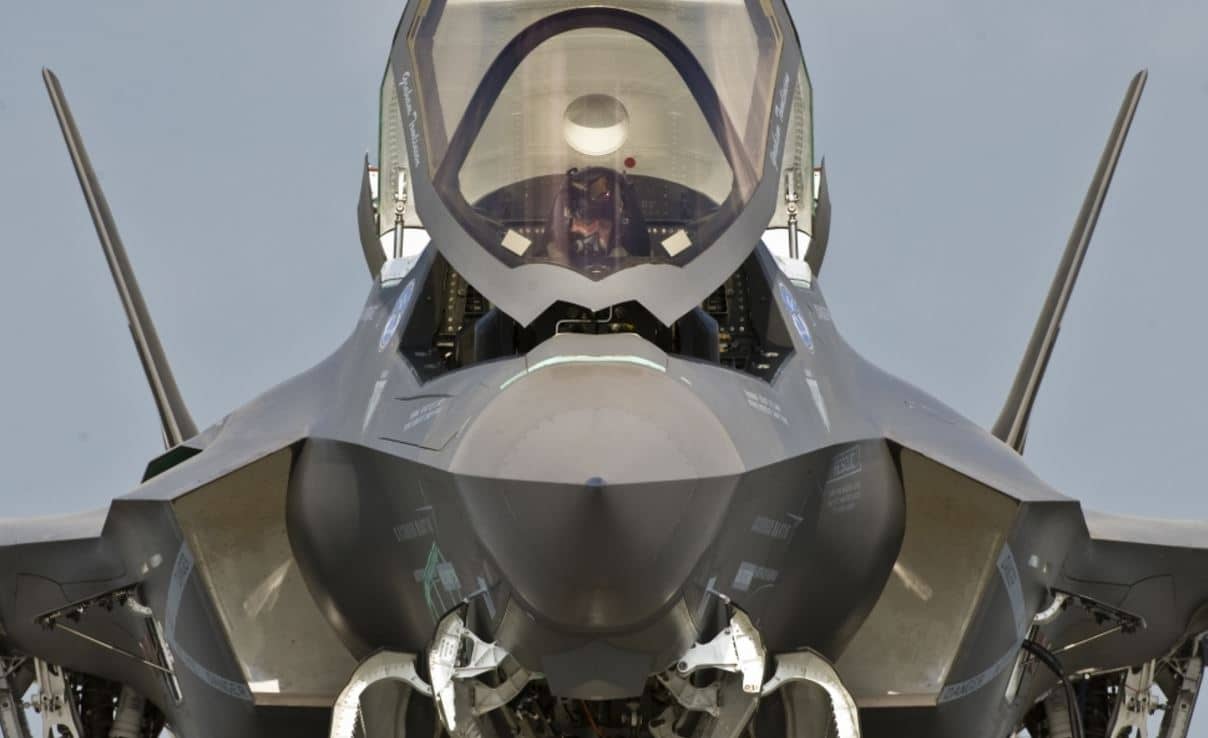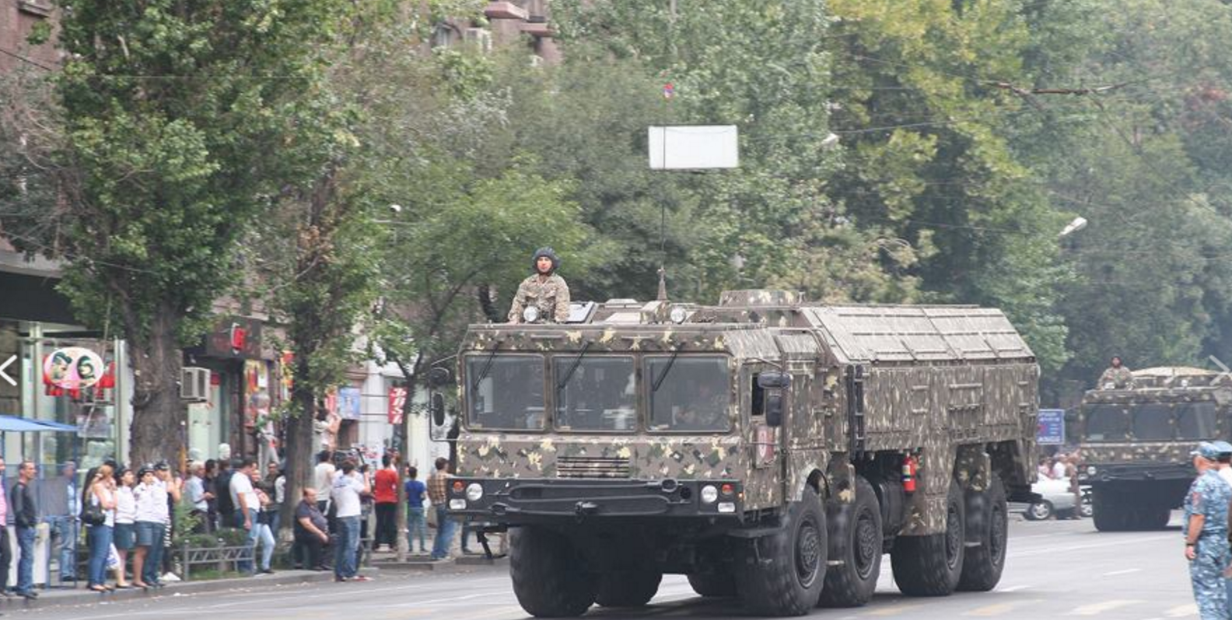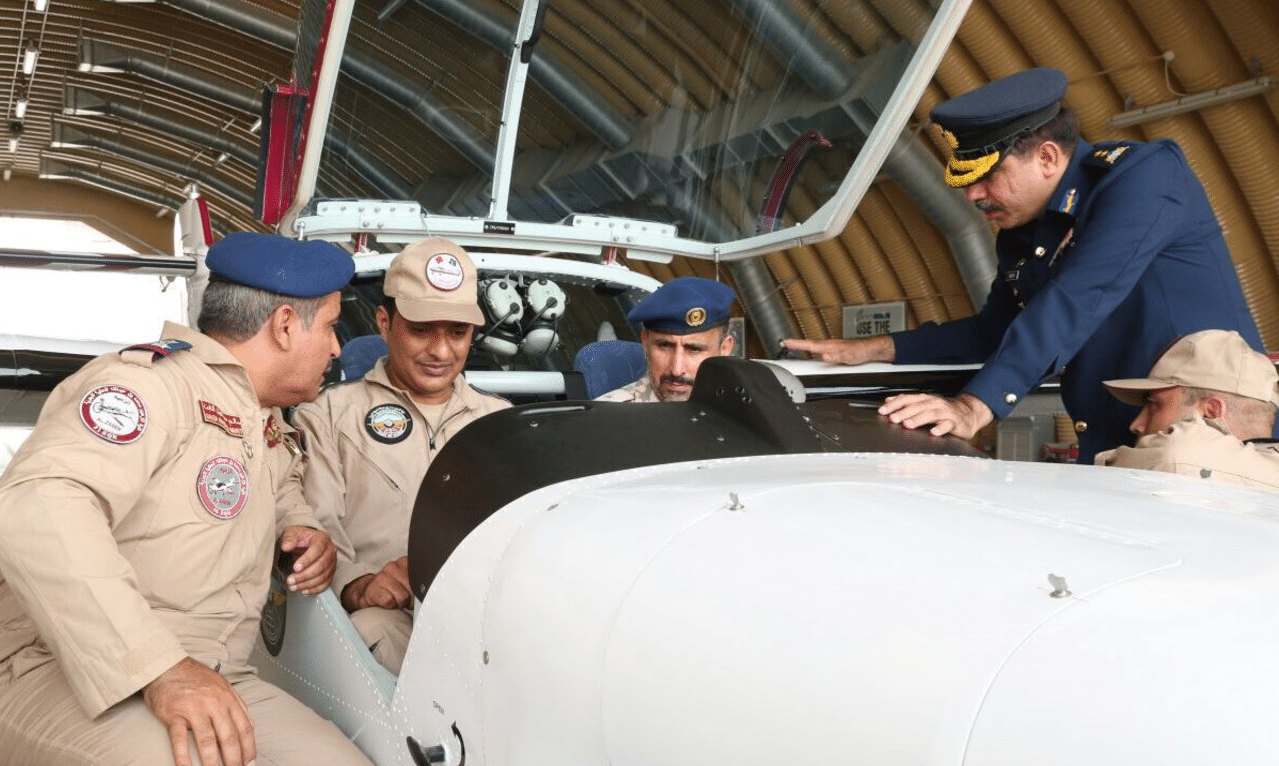2394Views 0Comments

US to Remove Turkey From F-35 Work by End of 2020
The US Department of Defense (DoD) is working to end the majority of Turkey’s participation in the F-35 Lightning II’s supply chain by March of this year.
Speaking to reporters, the Pentagon’s undersecretary of defence acquisition and sustainment, Ellen Lord, stated that while most of Turkey’s engagement will end by March, some of Lockheed Martin and Pratt & Whitney’s work will continue to the end of 2020 (via Defense One)
In the lead up to Turkey’s ejection from the Joint Strike Fighter (JSF) program, the country was responsible for manufacturing six critical components, including its fuselage, cockpit display panel, and landing gear. Moreover, the JSF had involved both Turkey’s public sector and privately-owned aerospace companies.
The Pentagon’s steps highlight Washington’s seriousness in ejecting Ankara from the F-35 following the latter’s decision to procure and induct the Almaz-Antey S-400 Triumf air defence system from Russia.
The US and Turkey will also need to negotiate over the fate of the four Turkish Air Force F-35s stored at Luke Air Force Base in Arizona. The US will not allow those planes to reach Turkey.
For the US and its NATO allies, the F-35 is a markedly sensitive system. It does not want its subsystems, or its capabilities exposed to Russian-origin radars/sensors as that could compromise the fighter’s design to Russian technology and industry elements.
The US did offer the Patriot system to Turkey in lieu of the S-400, but the Turkish government decided to persist with its purchase. Without the F-35 in the pipeline, Turkey’s sole next-generation combat aircraft program is its homegrown TF-X, which it is likely to prioritize moving forward.
Analysts had speculated that Turkey could also opt for an interim fighter, potentially from Russia, until its TF-X comes online, and possibly as a stand-in to the F-35. However, Turkish officials maintained that the F-35 offers a specific capability set that is not readily replicable on the Su-57 or other platforms.
Seeing how the TF-X was originally envisaged to operate alongside the F-35, it would be interesting to see if Turkey re-evaluates the TF-X’s scope in light of the ‘F-35 gap.’ It could look at emulating some of the F-35’s key capabilities through the TF-X, which could result in changes to the program. Alternatively, Turkey can also look to emulate the sixth-generation design work Western Europe is undertaking.


